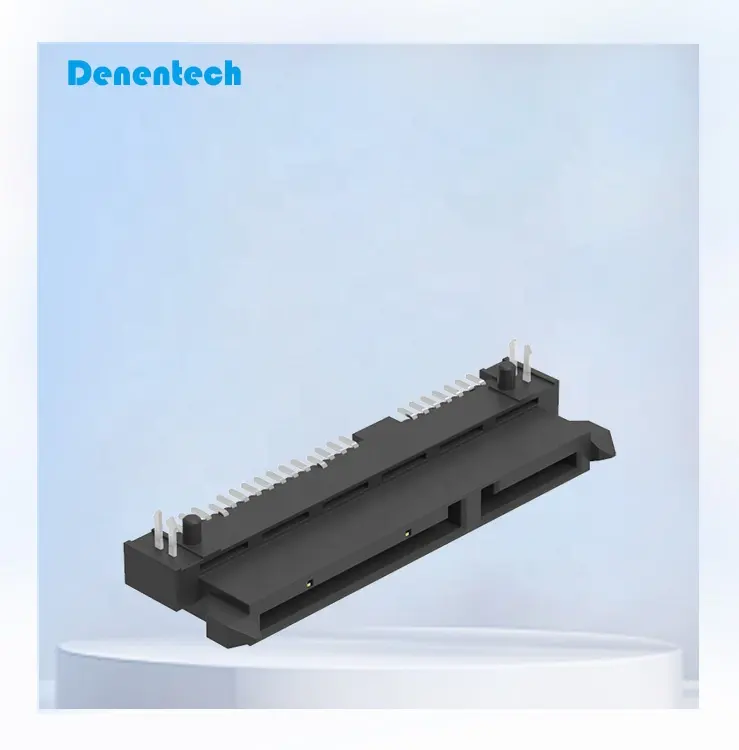SATA connector can bring many benefits in power consumption, easy installation, hot-plug support, internal heat dissipation and drive configuration. At an economical price, it achieves a higher level of excellent performance, high capacity, high protection and easy use for external storage schemes.
With the transition of storage industry from parallel interface to serial interface technology, the I/O interfaces of the latest desktop PC, mobile PC, storage devices and some server applications are beginning to change to serial technology. According to market analysts, including connectors, sockets and cables.
The total serial ATA(SATA) sales volume is expected to reach 903 million units, compared with 141 million units in 2003.

As far as serial interface technology is concerned, it has the advantages of reducing cables, improving data throughput, and improving crosstalk and impedance matching problems. In addition, people's enthusiasm for serial interface can be partly attributed to the strong promotion of leading chip and connector manufacturers.
. For example, the 925X Express and 915G Express chipsets recently launched by Intel Corporation have integrated SATA controllers and support four SATA ports.
Some connector and cable manufacturers, including Circuit Assembly, FCI and Molex, have recently expanded their SATA product lines to include more configurations and options. Rick Lewis, director of industrial marketing at Bishop&Associates, a market research company, said that the key factor that triggered the take-off of a new standard was that Intel's chipset began to support it, and now serial interface technology is in this period.
In addition, according to Dave Sideck, the regional sales manager of FCI, there are other factors that will jointly affect the transition of interface technology to SATA. For example, the high-speed serial PCI Express PC architecture has brought great changes, which is pushing people to seek new motherboard design, and SATA will be one of them. Another potential driving factor is the approval of the second generation SATA specification SATA II, which is currently in the approval stage. SATA II improves the signal speed from 1.5Gbit/s to 3 gbit/s.